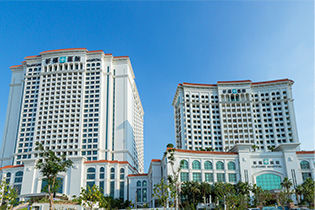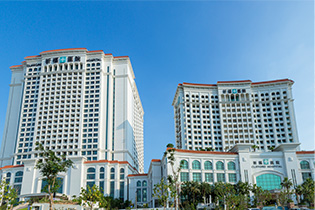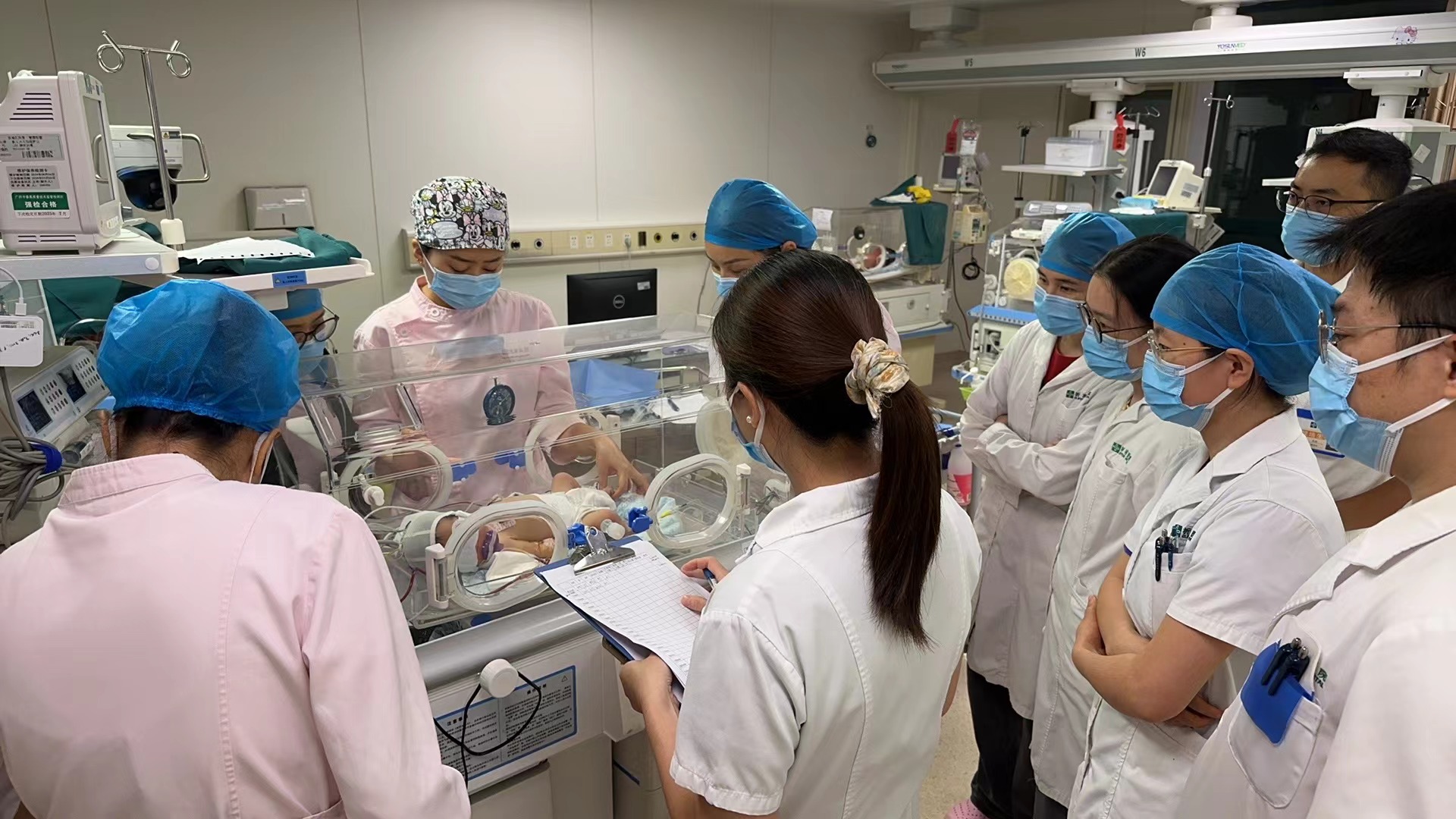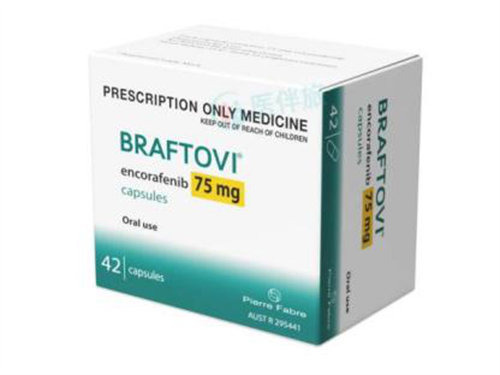自从 1976 年 Cameron E 和 Pauling L[1] 报道了静脉输注大剂量维生素 C(Intravenous high-dose vitamin C,IVC)治疗能延长肿瘤患者生存期以来,关于 IVC 作为肿瘤辅助治疗的观点就一直在业界争议不断,Pauling L 也因执迷于维生素 C 而成为医学史上的笑谈。
提示 IVC 具有潜在的抗肿瘤作用
随着时间推移,近 10 年来,不断涌现的临床研究提示 IVC 具有潜在的抗肿瘤作用,研究最多的是胰腺癌、卵巢癌、结直肠癌以及非小细胞肺癌。当 IVC 被大剂量静脉输注使用令血药浓度超过 0.5 mmol/L 时,其促氧化剂(产生 H2O2、O-2 和抗坏血酸自由基)的特性使其能够选择性地杀灭多种癌细胞 [2-4]。有研究指出,当 IVC 与化疗联合应用时,可以增强治疗效果,并降低化疗药物相关的毒副作用 [5-7]。
大剂量 VitC 辅助抗肿瘤治疗是安全的,且能显著改善生活质量、延长晚期 NSCLC 患者生存期
暨南大学附属祈福医院副院长区俊文教授研究团队自 2016 年开始对大剂量 VitC 在非小细胞肺癌(Non small cell lung cancer, NSCLC) 患者的安全性及药代动力学研究提示,机体血 VitC 浓度与 NSCLC 患者的疾病分期直接相关,病理分期越晚的患者,血 VitC 浓度越低。静脉输注 VitC(1 g/kg,1.2 g/kg 和 1.5 g/kg)两小时后体内达到血药浓度峰值,未出现严重的不良反应,提示静脉输注大剂量 VitC 在 NSCLC 患者中是安全的 [8]。
研究团队随后进行的回顾性研究发现,IVC 与化疗的联合应用可以增加乳腺癌患者的应答率,并延长无进展生存期(PFS)和总生存期(OS)[9]。然而,研究团队也发现,由于 NSCLC 的高异质性,IVC 在 NSCLC 患者中的辅助治疗作用差异显著,部分患者对 IVC 的治疗应答率较好,肿瘤显著缩小,PFS 和 OS 显著延长,但是部分患者无效,提示有较大的个体差异 [10]。因此,IVC 即便是作为一种辅助治疗,也并不适合所有患者使用 [11]。
找出 IVC 治疗有效的生物标志物
由于癌细胞的基因表达谱可能影响其对 IVC 的反应,因此,区俊文教授研究团队进一步探索了 NSCLC 细胞在 VitC 治疗下的基因表达变化,近日,该团队在著名期刊《Free Radical Biology and medicine》(IF:7.4)上发表的文章提示 [12],SERPINE1 和 SERPINB7 可能是预测 NSCLC 患者对 IVC 治疗有效性的重要生物标志物,这一研究结果为 IVC 的精准治疗提供了理论支持。
首先,该研究团队利用 RNA-seq 技术探索了 VitC 处理后 H1229 与 PC9 细胞中基因表达谱的差异。重合性分析显示,在两种细胞系中,VitC 能下调 SERPINE1 与 SERPINB7 的表达,同时能上调 DDIT4 与 DLX4 的表达(图 1A)。之后进一步对这些差异表达基因进行了 KEGG 通路富集分析,结果显示上调基因主要涉及新陈代谢相关途径,而下调基因则主要涉及细胞周期、DNA 复制与修复及其他重要细胞信号通路,如 P53 信号通路等(图 1B)。而 RT-qPCR 与 Western Blot 方法也进一步验证了上述四个基因的表达变化,得出与 RNA-Seq 方法一致的结果。


Figure 1. VitC regulated gene expression in NSCLC cells.
发现标志物与患者生存期的相关性
研究团队还通过 K-M Plotter 及 HPA 在线数据库(http://kmplot.com/analysis/)、(http://www.proteinatlas.org)分析了上述 4 种基因与 NSCLC 患者生存期之间的相关性。其中,因 VitC 治疗而被下调的基因,即 SERPINE1 和 SERPINB7,两个数据库显示出一致结果,显示其表达水平与患者的 OS 呈显著负相关(如图 2,图 3)。但被上调的 DDIT4 和 DLX4,结果却并不一致。

Figure 2. Kaplan-Meier Plotter database analyses.

Figure 3. Human Protein Atlas (HPA) database analyses.
为了进一步验证上述结果,研究团队针对从 2016 年 5 月至 2021 年 4 月期间入住暨南大学附属祈福医院肿瘤中心接受治疗的 153 名 NSCLC 患者进行了回顾性研究。其中,81 名接受常规抗肿瘤治疗的患者为对照组,治疗方法包括手术、放疗、化疗、靶向治疗、免疫治疗。另外的 72 名治疗组的患者在接受与对照组相匹配的常规抗肿瘤治疗的同时,还进行了 IVC 治疗(治疗剂量:1 g/kg.d,每周 3 次,治疗次数在 15-30 次之间)。在进行分组匹配时,考虑了年龄、性别、基线肿瘤特征以及抗肿瘤治疗方案等因素。结果提示 IVC 治疗组的 PFS 及 OS 相比对照组,显著延长(P < 0.05)。
随后将两组患者初步诊断为 NSCLC 的肿瘤组织进行 SERPINE1 和 SERPINB7 蛋白表达水平与生存时间的分析,根据蛋白表达的中位水平将其分类为「高表达」和「低表达」,结果提示,对照组中,SERPINE1 和 SERPINB7 的低表达患者显示出较长的 OS,高表达患者则显示出较短的 OS(图 4,P<0.05)。然而,IVC 治疗组则显示相反的结果,SERPINE1 和 SERPINB7 的高表达患者,显示出更长的 OS(图 5,P<0.05),提示在 SERPINE1 和 SERPINB7 的高表达组的患者中,IVC 治疗能带来更显著的益处。

Figure 4. OS and PFS in NSCLC patients receiving standard of care in relate to SERPINE1 and SERPINB7 expression.

Figure 5. OS and PFS in NSCLC patients receiving standard of care plus IVC in relate to SERPINE1 and SERPINB7 expression.
基于上述结果,区俊文教授研究团队提出一个假设,即 SERPINE1 和 SERPINB7 的表达水平可作为预测 NSCLC 患者对 IVC 治疗反应的潜在标志物。为了验证这一假设,该团队未来还将进行前瞻性的随机对照临床研究和相关的机制研究,进一步评估这些生物标志物在患者分层和预测 IVC 治疗效果中的实际价值,确定其与 IVC 疗效之间的关联性或因果关系。如果未来的研究能够对目前的结果进行验证,有助于推动 NSCLC 辅助治疗新策略,为进一步探索 IVC 在肿瘤治疗中的作用提供了新依据、新思路和新方向,具有较好的临床转化前景。
区俊文教授联系方式
邮箱:oujunwen66@163.com
参考文献:
[1] CAMERON E,PAULING L. Supplemental ascorbate in the supportive treatment of cancer: prolongation of survival times in terminal human cancer[J]. Proc Natl Acad Sci U S A,1976,73(10):3685-3689.
[2] Chen, Q.;Espey, M.G.;Krishna, M.C.;Mitchell, J.B.;Corpe, C.P.;Buettner, G.R.;Shacter, E.,Levine, M. Pharmacologic ascorbic acid concentrations selectively kill cancer cells: action as a pro-drug to deliver hydrogen peroxide to tissues. Proceedings of the National Academy of Sciences of the United States of America.102:13604-9;2005.
[3] Chen, Q.;Espey, M.G.;Sun, A.Y.;Lee, J.H.;Krishna, M.C.;Shacter, E.;Choyke, P.L.;Pooput, C.;Kirk, K.L.;Buettner, G.R.,Levine, M. Ascorbate in pharmacologic concentrations selectively generates ascorbate radical and hydrogen peroxide in extracellular fluid in vivo. Proceedings of the National Academy of Sciences of the United States of America.104:8749-54;2007.
[4] Chen, Q.;Espey, M.G.;Sun, A.Y.;Pooput, C.;Kirk, K.L.;Krishna, M.C.;Khosh, D.B.;Drisko, J.A.,Levine, M.A.J.P.o.t.N.A.o.S. Pharmacologic doses of ascorbate act as a prooxidant and decrease growth of aggressive tumor xenografts in mice. 105:11105 - 11109;2008.
[5] Ma, Y.;Chapman, J.;Levine, M.;Polireddy, K.;Drisko, J.,Chen, Q. High-dose parenteral ascorbate enhanced chemosensitivity of ovarian cancer and reduced toxicity of chemotherapy. Sci Transl Med.6:222ra18;2014.
[6] Schoenfeld, J.D.;Sibenaller, Z.A.;Mapuskar, K.A.;Wagner, B.A.;Cramer-Morales, K.L.;Furqan, M.;Sandhu, S.;Carlisle, T.L.;Smith, M.C.;Abu Hejleh, T.;Berg, D.J.;Zhang, J.;Keech, J.;Parekh, K.R.;Bhatia, S.;Monga, V.;Bodeker, K.L.;Ahmann, L.;Vollstedt, S.;Brown, H.;Kauffman, E.P.S.;Schall, M.E.;Hohl, R.J.;Clamon, G.H.;Greenlee, J.D.;Howard, M.A.;Schultz, M.K.;Smith, B.J.;Riley, D.P.;Domann, F.E.;Cullen, J.J.;Buettner, G.R.;Buatti, J.M.;Spitz, D.R.,Allen, B.G. O2(-) and H2O2-Mediated Disruption of Fe Metabolism Causes the Differential Susceptibility of NSCLC and GBM Cancer Cells to Pharmacological Ascorbate. Cancer Cell.32:268;2017.
[7] Furqan, M.;Abu-Hejleh, T.;Stephens, L.M.;Hartwig, S.M.;Mott, S.L.;Pulliam, C.F.;Petronek, M.;Henrich, J.B.;Fath, M.A.;Houtman, J.C.;Varga, S.M.;Bodeker, K.L.;Bossler, A.D.;Bellizzi, A.M.;Zhang, J.;Monga, V.;Mani, H.;Ivanovic, M.;Smith, B.J.;Byrne, M.M.;Zeitler, W.;Wagner, B.A.;Buettner, G.R.;Cullen, J.J.;Buatti, J.M.;Spitz, D.R.,Allen, B.G. Pharmacological ascorbate improves the response to platinum-based chemotherapy in advanced stage non-small cell lung cancer. Redox biology.53:102318;2022.
[8] Junwen Ou, et,al.The safety and pharmacokinetics of high dose intravenous ascorbic acid synergy with modulated electrohyperthermia in Chinese patients with stage III-IV non-small cell lung cancer. European Journal of Pharmaceutical Sciences, 2017.8.25, 109(2017):412-418.
[9] Junwen Ou.;Zhu, X.;Zhang, H.;Du, Y.;Chen, P.;Wang, J.;Peng, X.;Bao, S.;Zhang, X.;Zhang, T.,Pang, C.L.K. A Retrospective Study of Gemcitabine and Carboplatin With or Without Intravenous Vitamin C on Patients With Advanced Triple-Negative Breast Cancer. Integr Cancer Ther.19:1534735419895591;2020.
[10] Junwen Ou.;Zhu, X.;Chen, P.;Du, Y.;Lu, Y.;Peng, X.;Bao, S.;Wang, J.;Zhang, X.;Zhang, T.,Pang, C.L.K. A randomized phase II trial of best supportive care with or without hyperthermia and vitamin C for heavily pretreated, advanced, refractory non-small-cell lung cancer. J Adv Res.24:175-182;2020.
[11] Ngo, B.;Van Riper, J.M.;Cantley, L.C.,Yun, J. Targeting cancer vulnerabilities with high-dose vitamin C. Nat Rev Cancer.19:271-282;2019.
[12] Junwen Ou, et,al.SERPINE1 and SERPINB7 as potential biomarkers for intravenous vitamin C treatment in non-small-cell lung cancer. Free Radical Biology and Medicine,2023, 209:96-107.









 0
0 2023-11-17
2023-11-17


























